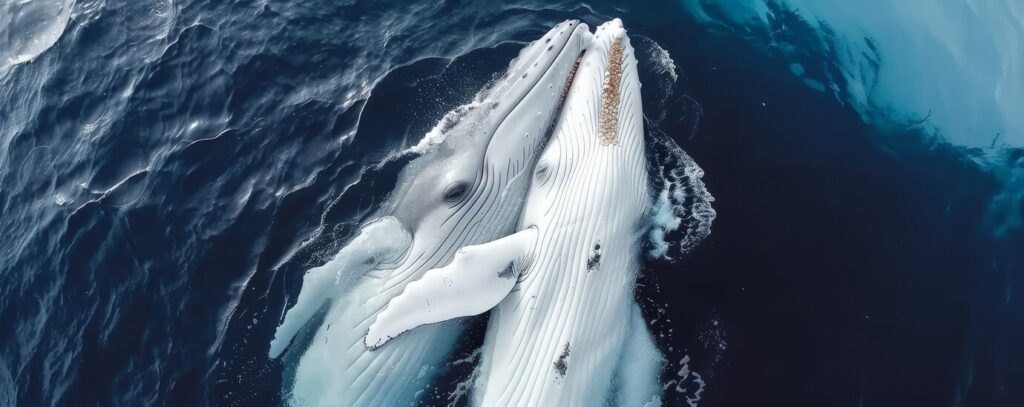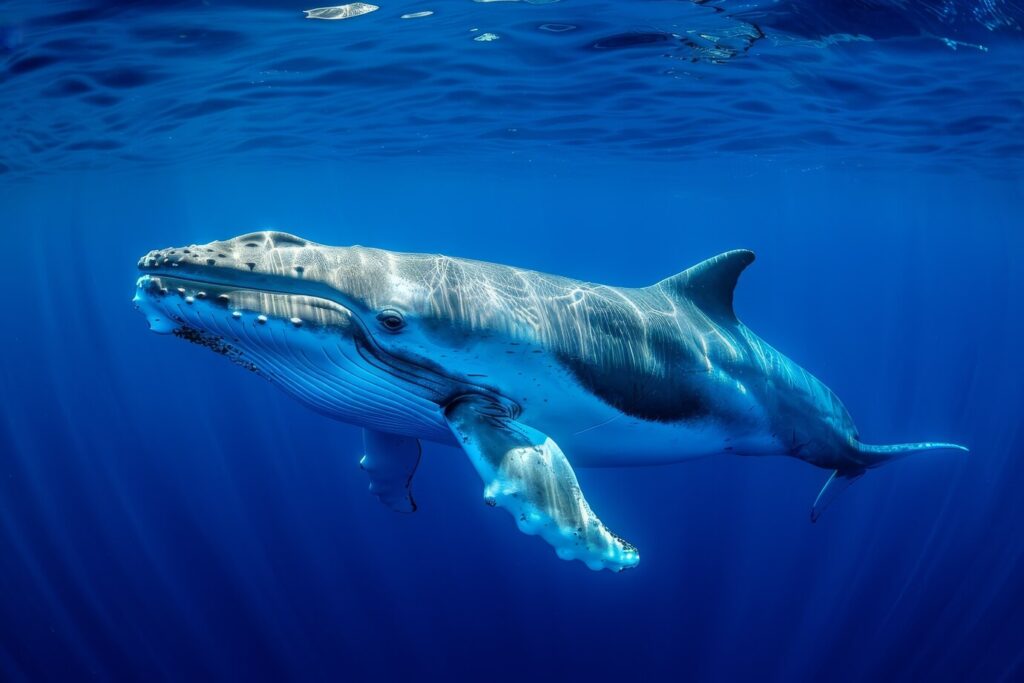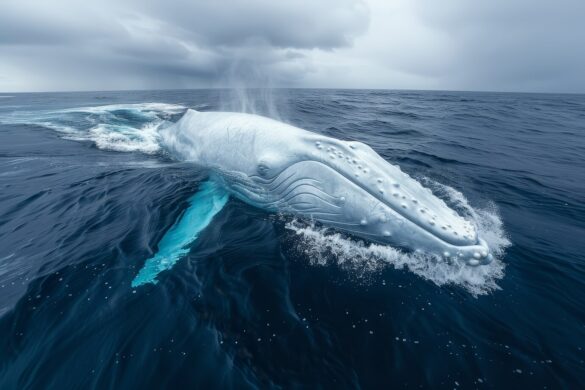The ocean is home to countless fascinating creatures, but one stands above all in sheer size—the biggest animal in the ocean, the blue whale. These incredible marine mammals dominate the seas with their massive bodies, stretching up to 100 feet and weighing as much as 200 tons. Often mistaken for large fish, blue whales are actually mammals that breathe air, give birth to live young, and communicate through deep, haunting sounds that travel across vast ocean distances.
While many animals thrive beneath the waves, none can compare to the sheer grandeur of the biggest animal in the sea, making the blue whale one of nature’s most astonishing wonders. But what makes these creatures so unique? Let’s dive deeper into their world and uncover their fascinating characteristics.
What Makes the Blue Whale the Biggest Animal in the Ocean?
The blue whale is the undisputed heavyweight champion of the marine world. But why does it hold this title? Here are some fascinating facts about the world’s largest living animal:
- Massive Size – Blue whales can grow longer than three school buses combined, making them not only the biggest animal in the ocean but also the largest creature to have ever lived on Earth.
- Enormous Weight – Weighing up to 200 tons, their hearts alone can be as heavy as a small car, and their tongues can weigh as much as an elephant.
- Diet and Feeding – Despite their gigantic size, blue whales feed primarily on tiny shrimp-like creatures called krill. They consume nearly four tons of krill daily during feeding seasons.
- Lung Capacity – A single breath allows a blue whale to exchange nearly 90% of the air in its lungs, helping it stay submerged for up to 30 minutes.

The Habitat of the Blue Whale
Blue whales can be found in all major oceans across the world, from the icy waters of the Arctic to the warm tropical seas. They prefer deep waters where they can swim freely without obstacles. Though they are widely distributed, their populations have significantly declined due to past hunting and environmental threats.
These gentle giants migrate long distances each year, traveling thousands of miles between their feeding and breeding grounds. Their ability to adapt to different water temperatures makes them a truly remarkable species in the vast marine ecosystem.
How Do Blue Whales Communicate?
Communication is key for marine animals, and blue whales have developed an extraordinary way to stay connected. They produce low-frequency sounds that can travel for hundreds of miles underwater. These vocalizations help them locate mates, navigate their surroundings, and warn others of potential dangers.
Some of their sounds are so powerful that they can be detected across entire ocean basins, making them one of the loudest creatures on the planet.
Threats to the Biggest Animal in the Sea
Despite their enormous size, blue whales are not immune to dangers. Some of the biggest threats they face today include:
- Climate Change – Rising ocean temperatures and changing currents impact krill populations, affecting the blue whale’s primary food source.
- Ship Strikes – As commercial shipping lanes expand, collisions with large vessels have become a significant threat to these gentle giants.
- Pollution – Plastic waste, chemical pollution, and noise disturbances from human activities pose severe risks to marine life, including blue whales.
- Whaling History – Although commercial whaling has been banned in many regions, illegal hunting still occurs in some parts of the world.
Conservation efforts are crucial in ensuring that future generations can continue to witness the magnificence of the biggest animal in the sea in its natural habitat.
Interesting Facts About Blue Whales
- A blue whale’s heart beats only 5–10 times per minute while diving but can speed up to 30 beats per minute when surfacing.
- Their calves are born weighing nearly three tons and grow by about 200 pounds daily in their first year of life.
- A blue whale’s blowhole can spray water up to 30 feet into the air.

Conclusion
The biggest animal in the ocean, the blue whale, is an extraordinary marvel of nature. Despite its massive size, this gentle giant relies on tiny krill for sustenance and communicates using deep, resonant sounds that travel across vast oceanic distances. However, human activities threaten its survival, making conservation efforts more critical than ever.
As we continue to explore and learn about the biggest animal in the sea, it becomes increasingly important to protect and preserve its habitat. The blue whale is not just the largest creature on Earth; it is a symbol of the incredible diversity and beauty that our oceans hold.

